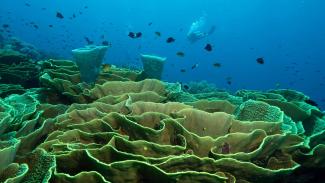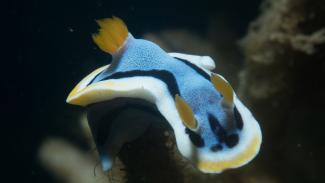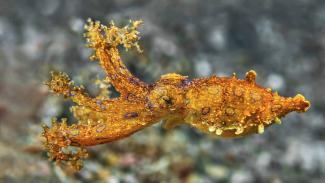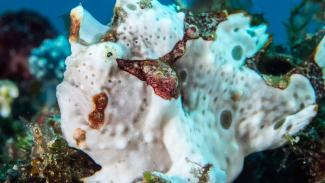
Jakob Owens
Buying all the kit to allow you to take photos underwater is not cheap, so you need to make your equipment lasts the test of time.
One of the major and most vital expenses is your underwater housing. Housings are often fragile and can require a lot of care and attention though. So what should you be doing to look after your housing and to make sure it has a happy and healthy life?
Follow our step by step guide guide to underwater housing care to discover how to get the most out of your set up, extend it's life and keep it safe from harm.
Dive day care
Ensure your underwater housing is kept somewhere protected at all times. If you are on a dive boat, make sure it is safe from rolling on to the floor and well away from the dive deck.
Try to keep your housing out of the sun. Direct sunlight can damage your housing and in the short term will increase the chance of your underwater housing overheating and the lens fogging up.
Try to avoid exposing your camera to temperature extremes, especially if it is a plastic housing and this can damage and weaken the plastic.
If you can, avoid entering the water with your camera, have it passed down to you instead once you have entered the water. If it is not possible to do this, make sure you can protect the camera from the main impact of hitting the water. If entry and exit to the water is difficult, consider leaving the camera behind - there will always be another dive that you can take it on.
As you descend on a dive, check your camera carefully. If you notice any bubbles coming from the housing, abort the dive and surface with the camera.
Use a strong lanyard or cord and ensure the camera is fixed to you at all times when you are in the water. It's also a very good idea to keep the camera attached to you until you are ready to climb back on the boat. If you drop the camera while swimming on the surface, it may be impossible to retrieve it.
When exiting the water, pass the camera up to somebody on board first. As soon as you are on board, make sure your camera is in a safe place, well away from tanks and divers and out of the sun.

Oliver Sjostrom

Wuestenigel
You might also enjoy...
Buyer's guide to underwater video
Tara North
So, you are interested in getting into underwater videography? There’s no doubting that it’s an expensive hobby, especially in terms of the equipment you need to buy.
So this means it’s really important to buy the right camera & housing set-up first time - but without experience or being able to test different models underwater, how do you choose the right system for you?
Kimbe Bay
Kimbe Bay is on the island of New Britain, a large island running east to west that separates the Solomon Sea to the south from the Bismark Sea to the north.
The area is known for its stunning coral formations and boasts a huge diversity of marine life, from Dolphins, Sharks and Whales to endless tiny invertebrates.
Anilao
Diving in Anilao is a popular activity in part due to its proximity to Manila. However, little Anilao is a match for many top diving areas in the Philippines.
While there are colourful reefs to enjoy, diving in Anilao is especially known for smaller marine life, most notably nudibranchs. It is also very popular for underwater photography.
Getting technical
Christian Gloor







